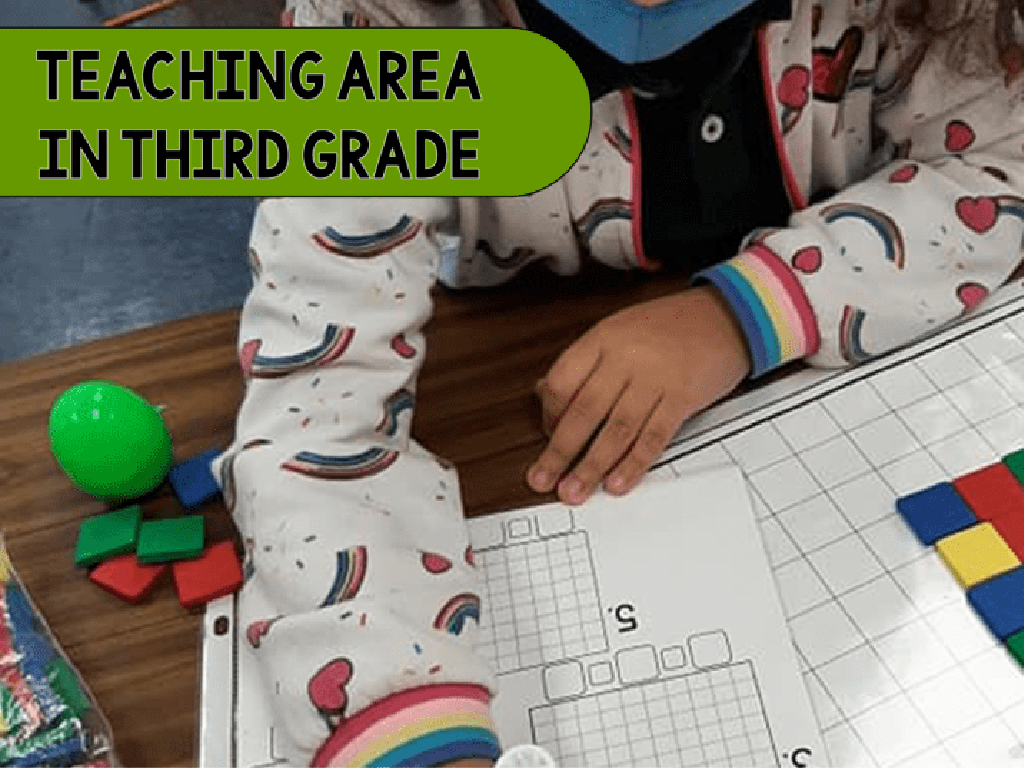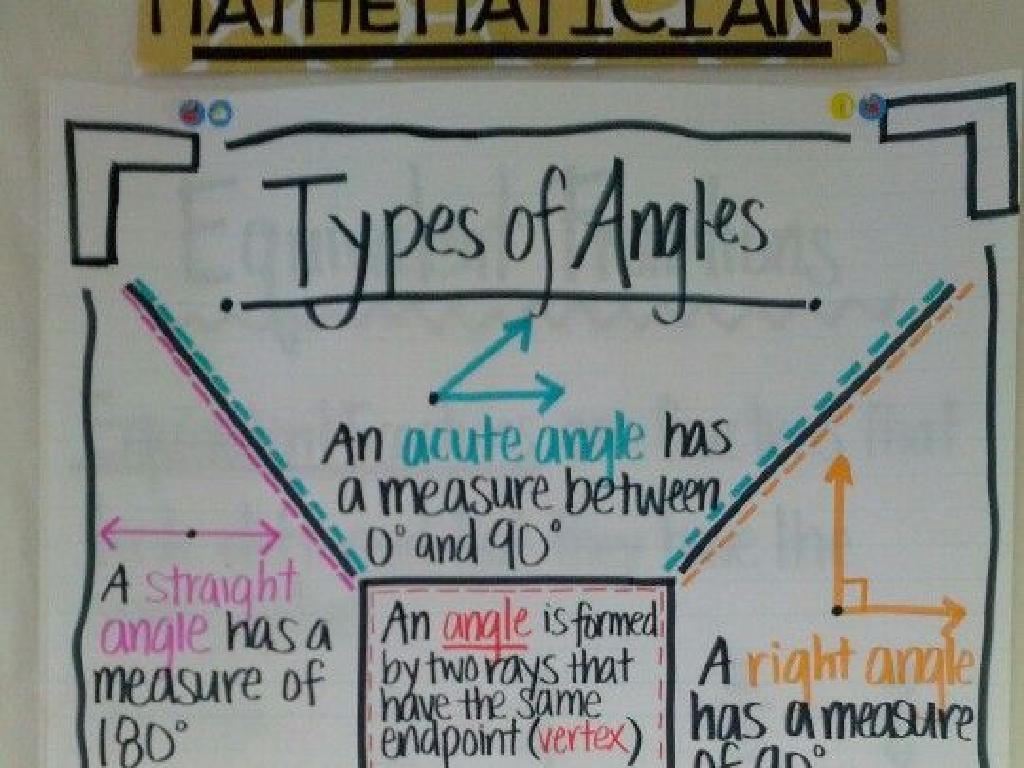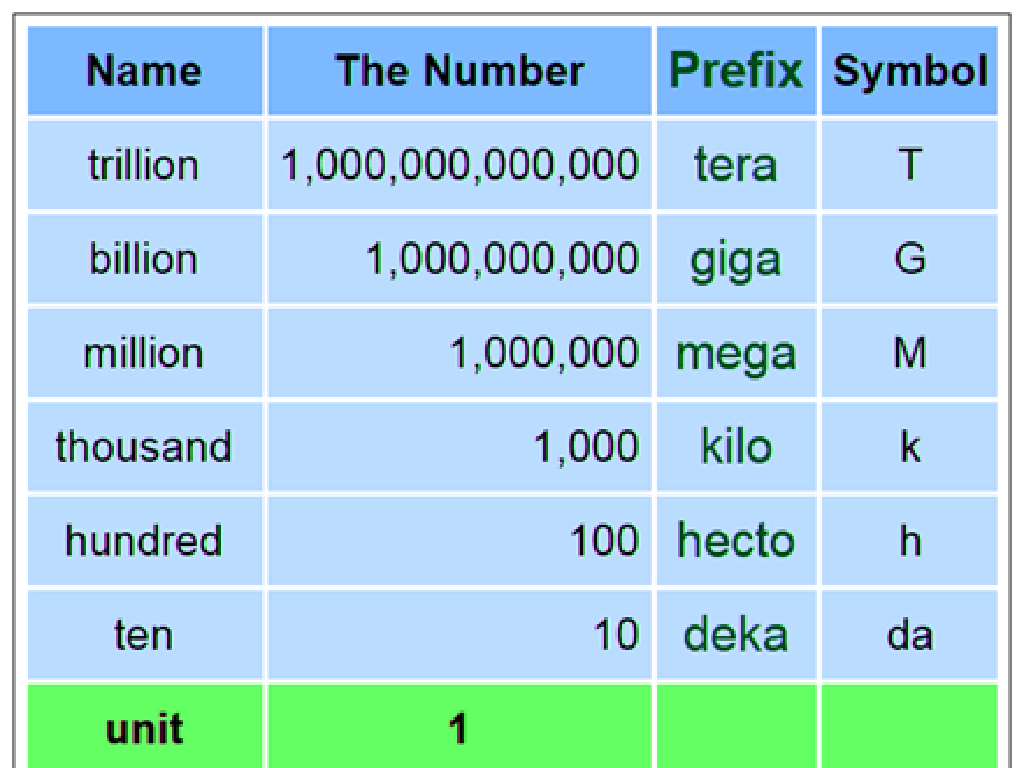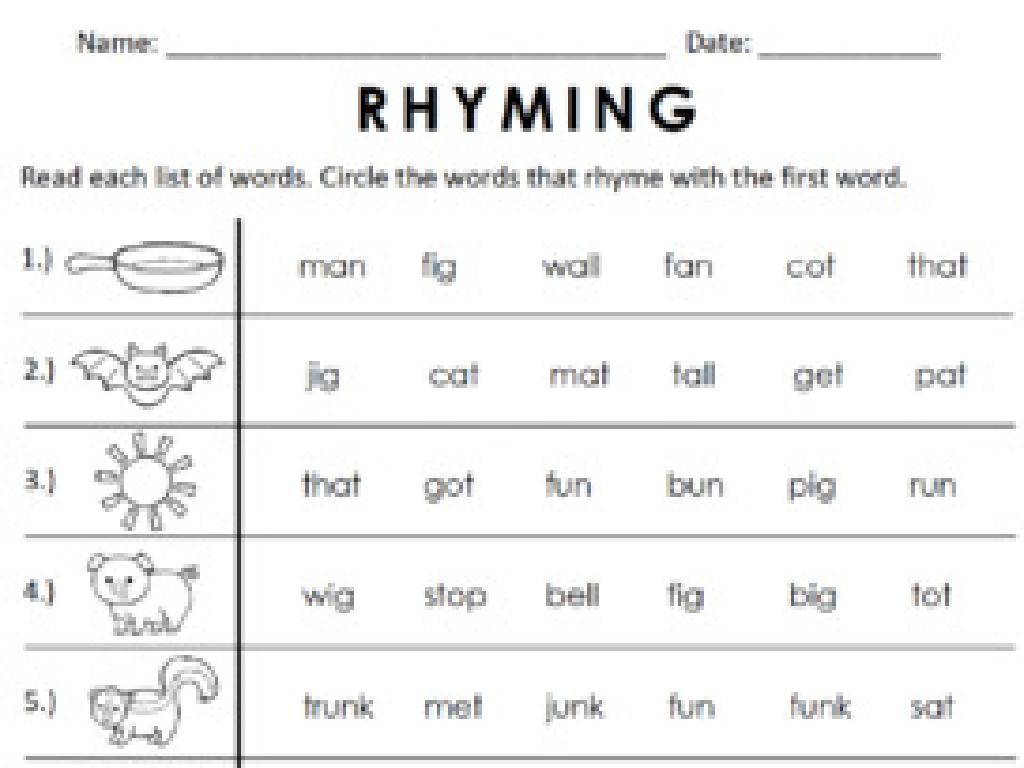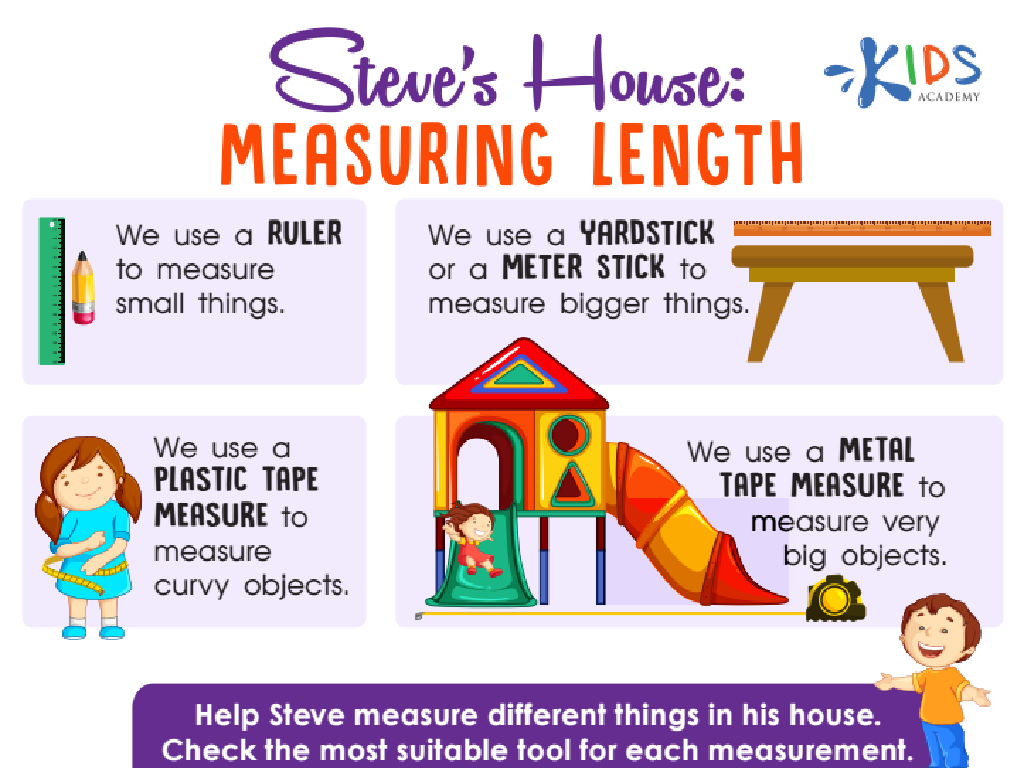Explore Energy Transformations: Roller Coaster Ride
Subject: Science
Grade: Sixth grade
Topic: Kinetic And Potential Energy
Please LOG IN to download the presentation. Access is available to registered users only.
View More Content
Introduction to Energy: Roller Coasters
– What is energy?
Energy is the ability to do work or cause change.
– Explore types of energy
Examples include thermal, electrical, chemical, and more.
– Kinetic vs. Potential Energy
Kinetic energy is motion energy; potential energy is stored energy.
– Energy in roller coasters
On a coaster, energy shifts from potential to kinetic and back.
|
Begin the lesson by defining energy as the capacity to do work or cause change, which is a fundamental concept in physics. Introduce the various forms of energy, ensuring to provide examples that are relatable to the students, such as sunlight for solar energy or batteries for chemical energy. Then, focus on kinetic and potential energy, explaining that kinetic energy is associated with objects in motion, while potential energy is stored energy that has the potential to do work. Use the example of a roller coaster to illustrate these concepts, describing how at the top of a track, the coaster has maximum potential energy which is converted to kinetic energy as it descends, and vice versa. This real-world example will help students visualize and understand the transformation between kinetic and potential energy.
Potential Energy in Roller Coasters
– Defining Potential Energy
– Stored energy due to position
– Everyday Examples of Potential
– Stretched rubber band, water in a dam
– Roller Coaster Potential Energy
– Highest point has maximum potential
– Transformations at the Peak
|
Potential energy is the energy that is stored in an object due to its position relative to some zero position. An object possesses gravitational potential energy if it is positioned at a height above the ground. For example, a rubber band stretched has potential energy because when released, it will snap back to its original shape. Similarly, water stored behind a dam has potential energy that can be converted to kinetic energy to generate electricity. In the context of a roller coaster, the cars have the most potential energy at the top of the track. As they descend, this potential energy is transformed into kinetic energy, propelling them through the ride. Discuss with students how energy is never lost but is transformed from one form to another, and have them identify other examples of potential energy transformations in their daily lives.
Exploring Kinetic Energy on Roller Coasters
– Define Kinetic Energy
– Energy of motion, possessed by moving objects
– Everyday examples of Kinetic Energy
– A rolling ball, flowing river, or a moving car
– Relation between motion and Kinetic Energy
– Faster the object moves, more Kinetic Energy it has
– Observing Kinetic Energy in roller coasters
– At the bottom of the track, the coaster has maximum Kinetic Energy
|
This slide introduces the concept of Kinetic Energy as a form of energy associated with the motion of an object. Begin by defining Kinetic Energy, then provide relatable examples that students encounter in their daily lives. Explain the direct relationship between the speed of an object’s motion and the amount of Kinetic Energy it possesses. Use the example of a roller coaster to illustrate how Kinetic Energy increases as the coaster speeds up, especially at the bottom of the track where it’s moving fastest. Encourage students to think of other examples where they can observe Kinetic Energy in action.
Energy Transformations on a Roller Coaster
– Potential to Kinetic Energy
– At the coaster’s peak, high potential energy transforms to kinetic as it descends.
– Energy Conservation
– In an ideal system, energy is neither lost nor gained, only transformed.
– Closed System Dynamics
– A roller coaster is a model of a closed system where energy shifts between forms.
– Real-life Energy Examples
– Examples: Falling objects, wind-up toys, and stretching a rubber band.
|
This slide explores the concept of energy transformations, specifically how potential energy is converted into kinetic energy during the motion of a roller coaster. It also touches on the principle of energy conservation within a closed system, where the total energy remains constant but can change forms. Real-life examples help students relate to the concept, such as the energy stored in a stretched rubber band (potential) that is released when the band is let go (kinetic). Encourage students to think of other examples where they observe energy changing from one form to another in their daily lives.
The Thrilling Science of Roller Coasters
– Roller coasters and physics
– Explore how physics principles make rides exciting
– Energy changes during the ride
– Potential energy at the top transforms to kinetic as you descend
– Staying seated in loops
– Centripetal force keeps us in our seats during loops
– Understanding forces at play
– Gravity, inertia, and centripetal force ensure a safe, thrilling ride
|
This slide introduces students to the exciting world of roller coasters through the lens of physics, focusing on energy transformations and forces involved. Begin by discussing how roller coasters use the laws of physics to operate, then explain the conversion of potential energy to kinetic energy as the coaster moves along the track. Highlight the role of centripetal force in keeping riders safely in their seats during loops. Emphasize the interplay of gravity, inertia, and centripetal force in creating a thrilling yet secure experience. Encourage students to think of questions about roller coaster safety and design based on these principles.
Calculating Energy on a Roller Coaster
– Formulas for energy types
– KE = 1/2 mv^2 and PE = mgh
– Energy at coaster points
– Compare energy at the top, middle, and bottom
– Mass & height in potential energy
– More mass or height means more PE
– Velocity’s role in kinetic energy
– Faster velocity increases KE
|
This slide introduces the mathematical aspect of energy in the context of a roller coaster ride. Students will learn the formulas for kinetic energy (KE = 1/2 mv^2) and potential energy (PE = mgh), where m is mass, v is velocity, g is the acceleration due to gravity, and h is height. They will apply these formulas to calculate the energy at different points on a roller coaster, understanding how energy transforms from potential to kinetic and vice versa. Emphasize the direct proportionality of mass and height to potential energy, and the squared relationship of velocity to kinetic energy. Provide examples such as a roller coaster at its highest point (maximum PE) and at its fastest point (maximum KE). This will help students grasp the concepts of energy transformation during the ride.
Class Activity: Design Your Roller Coaster
– Apply energy transformation knowledge
– Design a roller coaster model
Use paper, pencils, and your imagination to sketch
– Predict max Kinetic & Potential Energy
Where is the kinetic energy highest? Where is potential energy greatest?
– Explain energy changes in your model
Describe how energy converts at the peaks, drops, and loops
|
This activity allows students to creatively apply their understanding of kinetic and potential energy in the context of a roller coaster. Provide materials for students to draw their roller coaster designs. Guide them to identify points where potential energy (at the highest points of the track) and kinetic energy (at the lowest points) are at their maximum. Encourage them to consider how energy is conserved and transformed throughout the ride, especially during the initial drop and subsequent hills and loops. Possible activities include creating paper models, using simulation software, or building with classroom materials. Assess each student’s understanding through their ability to predict and explain energy transformations at various points in their roller coaster design.
Energy Transformations: Roller Coaster Recap
– Recap: Kinetic & Potential Energy
– Kinetic energy is motion energy; potential energy is stored energy.
– Significance of Energy Transformations
– Energy transformations are vital for the function of many systems, like roller coasters.
– Q&A Session
– Review Key Concepts
– Let’s revisit the main points and clarify any doubts.
|
As we conclude, let’s recap the key concepts discussed today. Kinetic energy is the energy of motion, observed as the roller coaster descends and gains speed. Potential energy is the stored energy when the coaster is at the highest point of the track. The transformation between these two types of energy is crucial for the roller coaster’s operation, illustrating the importance of energy transformations in real-world applications. Now, let’s open the floor for a Q&A session to address any uncertainties and ensure that everyone has a clear understanding of how kinetic and potential energy play a role in the thrilling experience of a roller coaster ride. Encourage students to ask questions and engage in discussion to solidify their comprehension of the topic.

